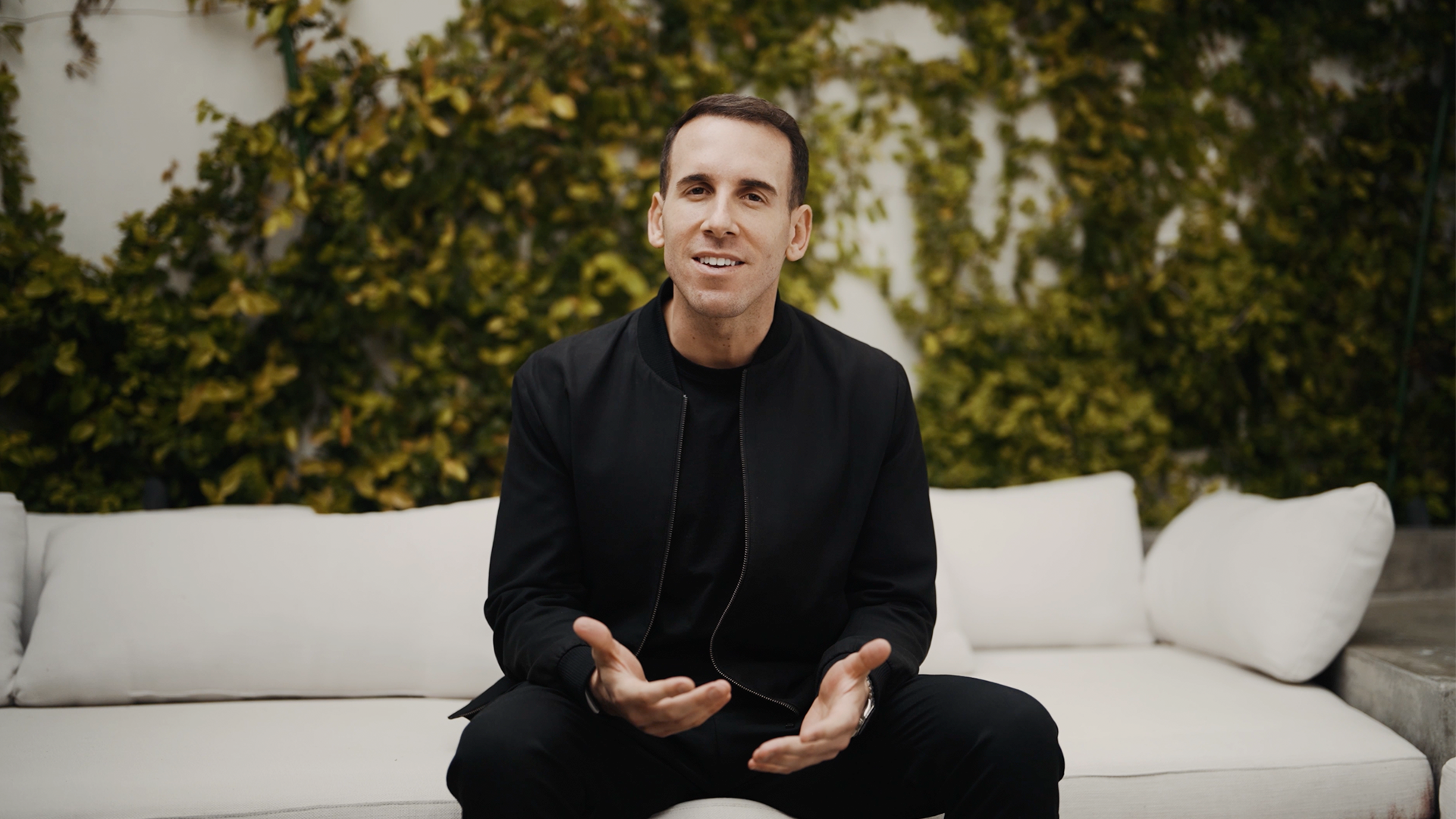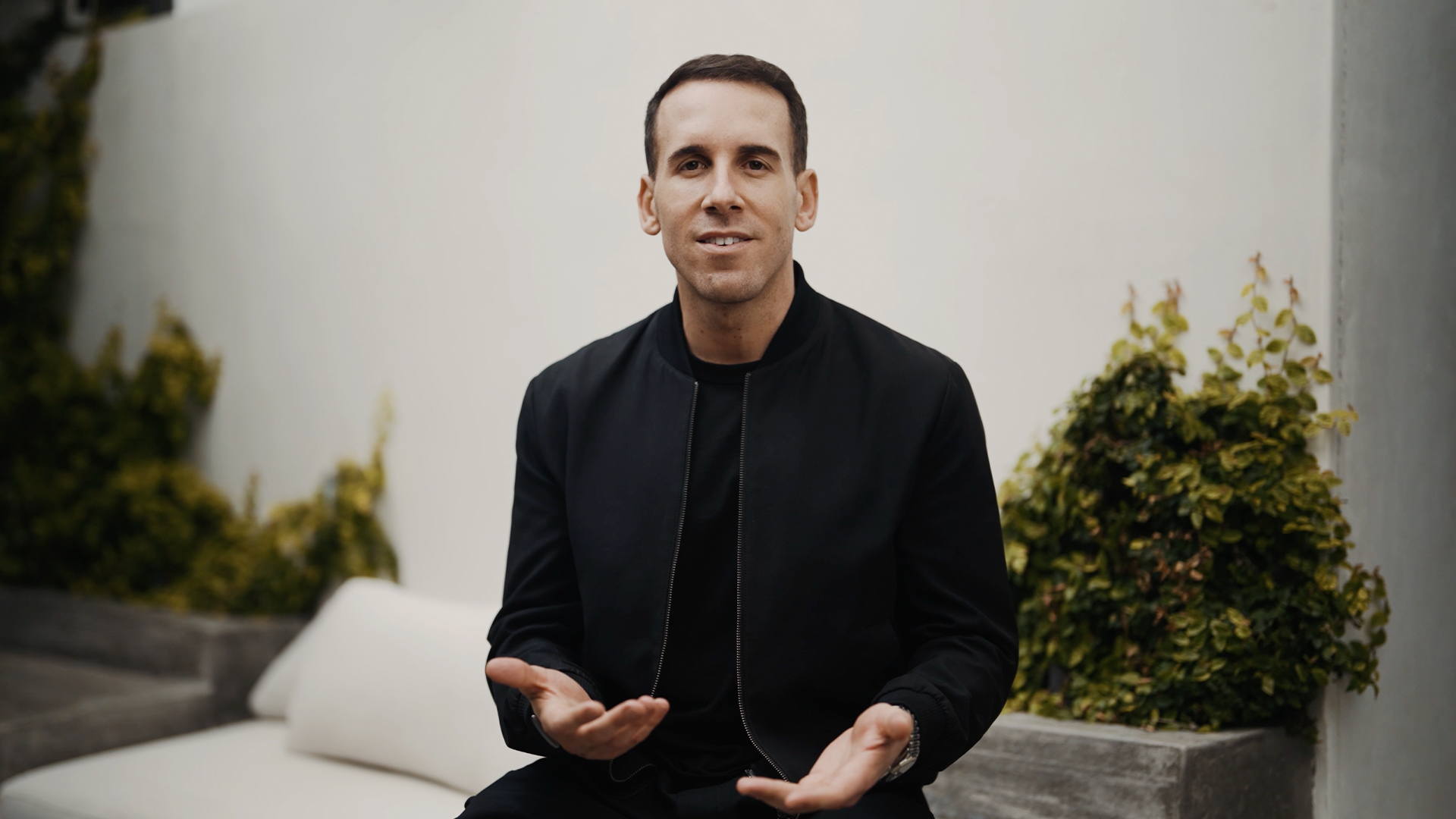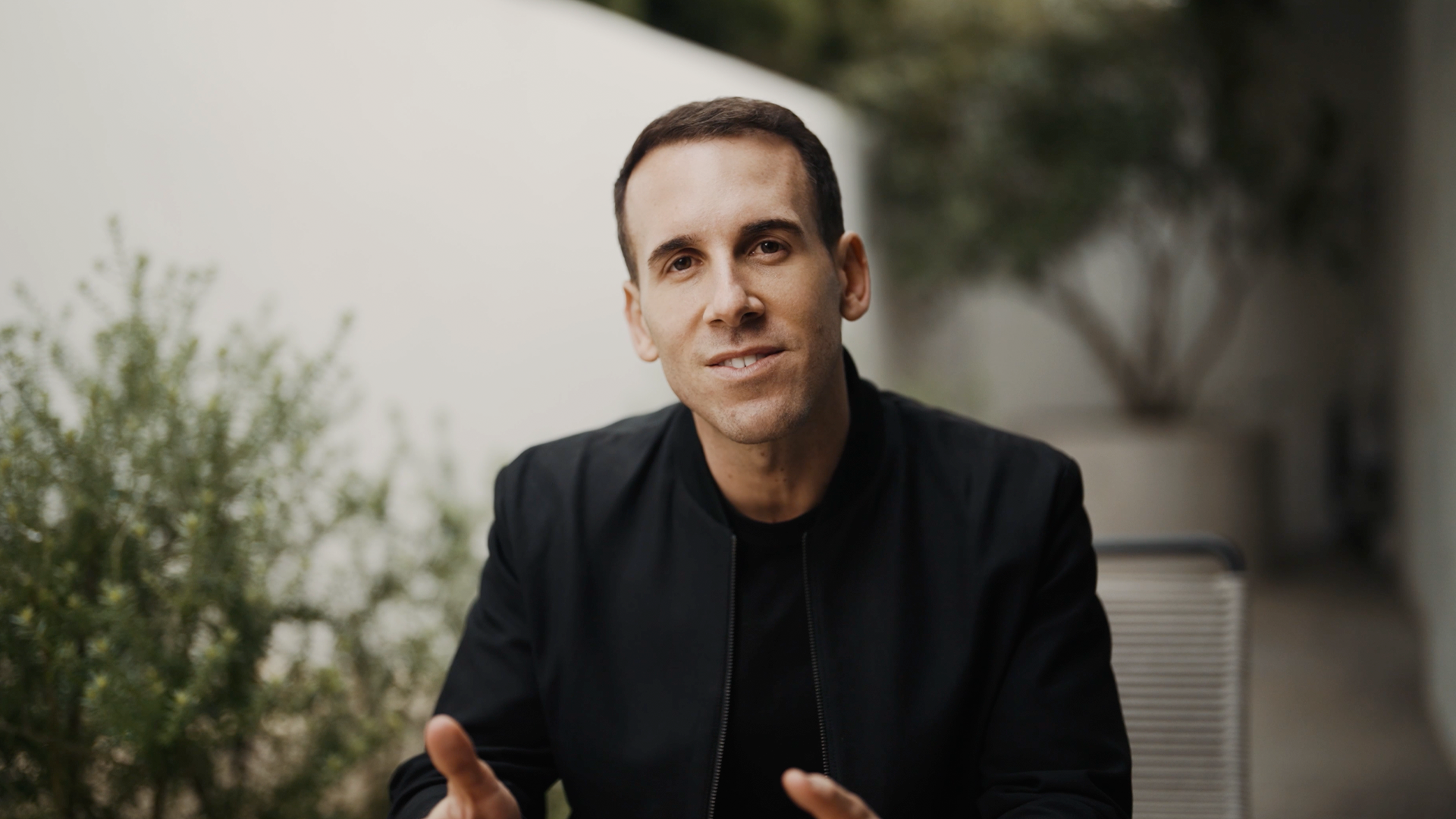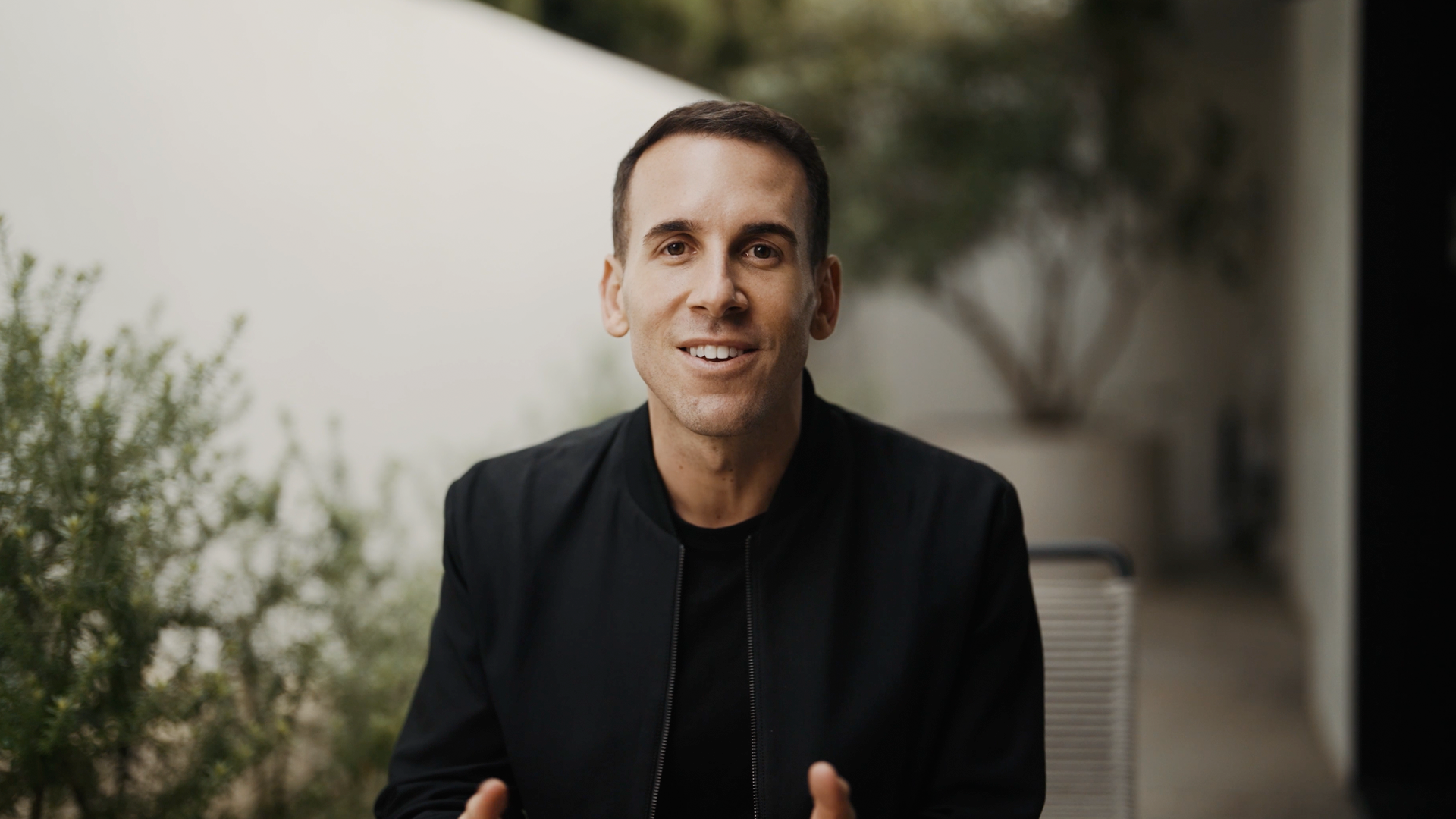Community
Find your community and enhance your well-being through thoughtful human connection.
Identify and Join New Communities

1 min
Identify and Join New Communities
Establish diverse groups of people in your life.
As humans, we have a deep-rooted need to feel like we belong—so much so that relationships are considered essential to our health and wellbeing, per Baumeister and Leary’s landmark study published in the Psychological Bulletin. Once we find those groups, we cling to them. However, when we stick only to what we know, we risk limiting our perspective or having our needs go unmet.The purpose of this training is to help you establish diverse groups of people in your life, helping to enrich your social connections as you continue to develop yourself.Find Your PeopleOur goal today is to join at least one new community. The following steps will help you evaluate, assess, and join new communities.
- List the communities you are currently a part of. This includes any group that you interact with on a monthly basis, from groups that are strictly social to professional groups—and everything in between.
- Next, think of a new type of community you can join. This could be based on one of your interests or hobbies, or some other need you have identified in your life. For instance, maybe you’re a runner and usually work out solo but would like to try finding a community for that interest.
- Commit to regular participation. Remember that communities can be daily, weekly, or even once or twice a month.
Add Value to Your Communities

1 min
Add Value to Your Communities
Contribute positively to each community you're part of.
Successful communities—and relationships as a whole—are rarely one-sided. The most fulfilling social environments often have mutual investment from members. Believe it or not, having a strong sense of community is associated with higher mental and physical health, and this is backed up by a 2020 study published in SSM - Population Health.Now that you’ve found new communities to join, remember that you have the opportunity to make an impact on others, just as they may have made an impact on you.The goal of this training is to focus on the positive contributions you can make to new and existing communities in your life.Be an Active ParticipantThink about all of the communities you are a part of (if it’s helpful, write them down). Reflect on the various ways you can add value to each community, whether it’s offering assistance, sharing knowledge, or simply being a beacon of support.For example, if you’re regularly meeting up with coworkers or fellow entrepreneurs, think about how you can share your own business expertise with younger peers.Actively engage in your communities and offer your skills and strengths where needed. In the same way others may help you, you can offer more support, assistance, and positivity than you may realize.Celebrate Your CommunityAs you learn to become an active participant in each of your communities, recognize and appreciate the diversity and strengths of others who surround you.Remember that in your communities, you often get back what you put in. Pushing ourselves to help others can often reflect positivity back to us and deepen our connections in a lasting way.
Expand Your Bubble

Expand Your Bubble
Broaden your social interactions beyond your usual circles.
As we get older, our networks tend to get smaller due to life changes, moves, and more. All of this is compounded by the fact that it’s comfortable to stick with what we know. The problem with this is exactly that: being comfortable can limit our perspectives and close us off to opportunities.Scientifically speaking, pushing out of your comfort zone primes your brain for learning and adaptation (while staying in place tends to have the opposite effect). An experiment conducted by Massi, Donahue, and Lee backs this up.Today, we’re going to talk about expanding your bubble (even when you may not want to).Leaving Your Comfort ZoneExpanding your bubble isn’t necessarily about making lasting connections, though it can be. The goal here is to disrupt your routine, break out of your shell, and challenge yourself to meet someone new.
- Identify somewhere you can expand your bubble outside of your usual social circle. Whether it’s attending a new group or meetup tailored to a specific interest, or making an effort to gather with friends of friends who you don’t know that well, think of one gap you can fill in your social needs.
- Once you’ve identified an opportunity, the biggest step is showing up. This can be anxiety-inducing for some of us—consider bringing a friend if you’re nervous to try out a new group alone. Remember to be yourself when interacting with new groups or communities.
- Try to repeat this practice with at least five different groups or communities, and observe if you get more comfortable over time.
- If any communities do speak to you, try to stay engaged with them. Even though this exercise is about stepping in to your confidence, it’s meaningful when you find a group that you click with.
- Reflect on your connections and experience through a journaling practice. Journaling is an incredible way to capture your feelings in the moment and preserve them to look back on.
Can't Find One? Make One

1 min
Can't Find One? Make One
Establish a group or community that fulfills a particular need.
You’ve hit a dead end finding a community for a particular hobby, interest, or need. Now what?If the community you’re looking for doesn’t exist, you have a unique and exciting opportunity to forge your own. While this may sound daunting, remember that you get the chance to bring people together in the spirit of an interest you love. Belonging to multiple different groups has the ability to boost your self-esteem, according to a 2015 study published in the journal PLoS One.Let’s explore how you can build a community from scratch.Starting FreshYou’re probably here because you’ve identified a gap in your existing circles. If not, think about where those gaps might be. Maybe there’s a hobby that none of your friends share in except you. Or you have an opportunity to bring together friends from different parts of your life to enjoy a dinner—or even some self-care.Once you’ve identified a need, plan and initiate your new community group. This could be anything from starting a special interest group to organizing a gathering of friends you’ve already had.When you’re organizing this new community, think of communities that you’ve enjoyed and pull what you can from those experiences. It doesn’t have to be perfect—just focus on fostering a positive, inclusive, and welcoming environment.Continuing the TraditionTo make this community stick, you need to ensure regular gatherings and communication. Whether it’s a monthly dinner party, weekly meetings, or a morning walk with friends, actively encourage people to participate and be sure to continually show up yourself.Get excited for what your community could become. Bringing people together is an important step on your own personal journey, and you can delight in knowing you’re making big strides in your own growth.
Evaluate Your Communities

1 min
Evaluate Your Communities
Assess the impact of your new and existing communities.
Developing a sense of self and a sense of community is a continuous journey. Some research—such as this review published in the Journal of Research in Personality—suggests that our personality traits can develop throughout our lives, rather than being genetically predetermined as previously thought. This can help explain why our needs tend to differ as we pass through different stages of life.Just as we grow and change individually over time, our community needs can transform, too. It’s okay to outgrow a community or decide it is not working for you (after you’ve given it a proper shot).Learn how to evaluate your communities and, if necessary, make a change.Reflect on Your CirclesWhen determining if a community is serving your needs, reflect on the following questions. Feel free to journal through this exercise if it speaks to you.
- Is this community positively impacting my mental health? Why or why not?
- Do I feel better after engaging with this group? How?
- Is there a balance between giving and receiving support?